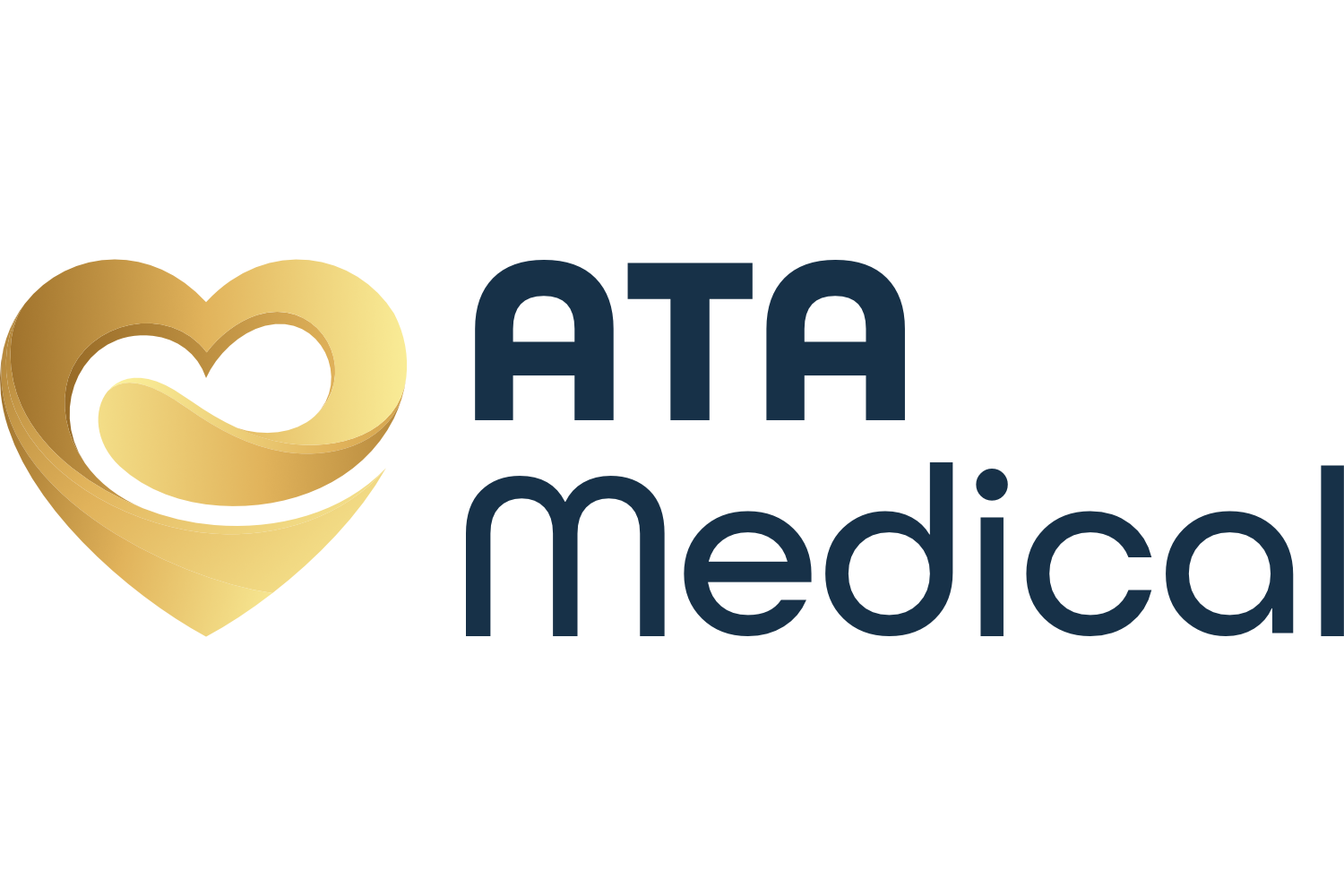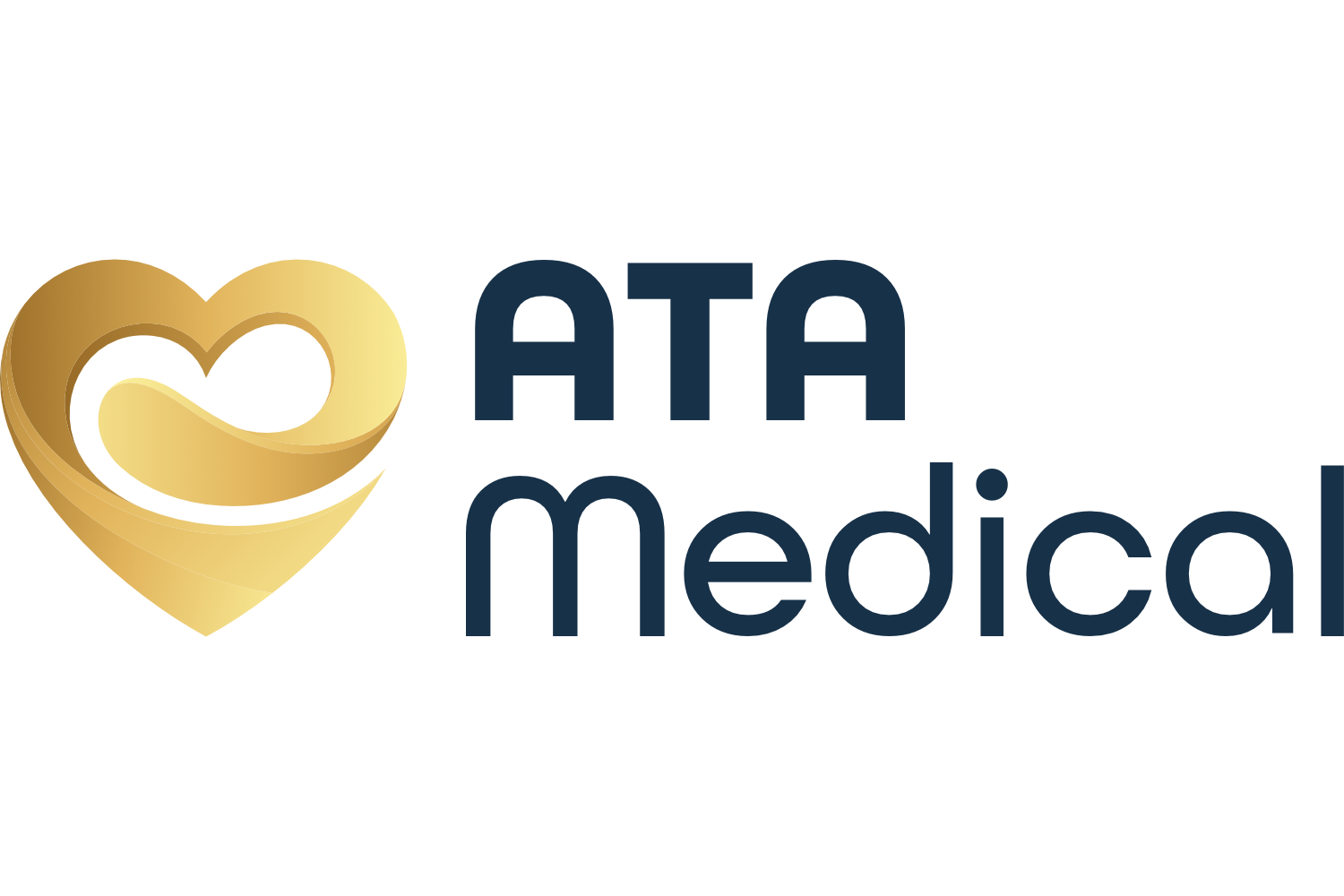Prostate Ultrasound
Last updated: Jun 30, 2025
What Is a Prostate Ultrasound?
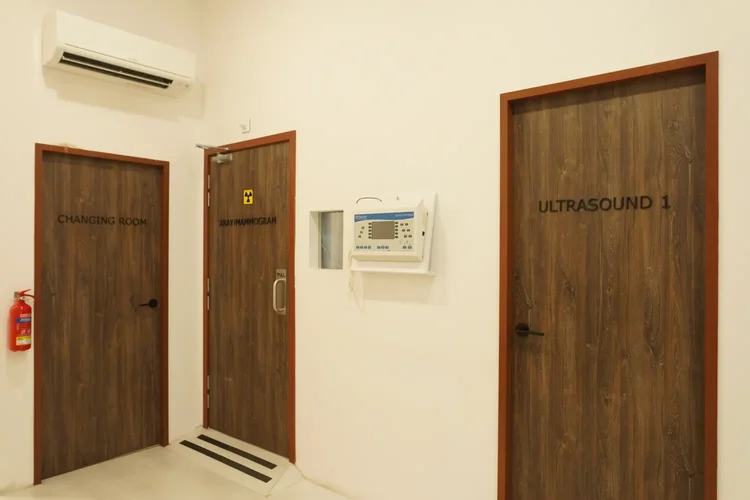
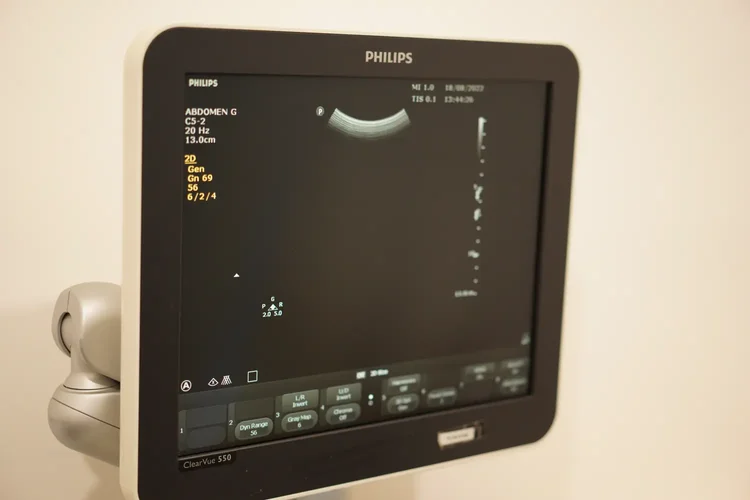
Prostate ultrasound is a minimally invasive imaging technique used to examine the prostate gland and nearby tissues. This procedure is often performed alongside other diagnostic tests to assist in evaluating and monitoring conditions related to the prostate, such as prostate cancer, benign prostatic hyperplasia (BPH), prostatitis, prostate cysts, and abscesses.


How Does a Prostate Ultrasound Work?
A prostate ultrasound uses high-frequency sound waves to produce detailed images of the prostate gland and surrounding tissues. A small device called a transducer emits these sound waves, which travel through the tissues and bounce back as echoes when they encounter structures in the prostate. The ultrasound machine captures these echoes and converts them into real-time images, enabling visualisation of the prostate’s size, shape, and texture to detect abnormalities such as enlargement or cysts.
Why Is a Prostate Ultrasound Performed?
A doctor may suggest a prostate ultrasound for the following reasons:
- Elevated Prostate-Specific Antigen (PSA) Levels: High levels of PSA, a protein produced by the prostate gland, detected in a blood test may indicate potential prostate abnormalities.
- Abnormal Digital Rectal Exam (DRE): Irregularities found during a DRE, may warrant further investigation.
- Prostate-Related Symptoms: Symptoms such as frequent urination, difficulty urinating, or pelvic pain may require imaging for assessment.
- Guiding a Prostate Biopsy: When a biopsy is needed to collect tissue samples for diagnosis, ultrasound provides real-time imaging to ensure accurate needle placement and minimise risks.
How Is a Prostate Ultrasound Performed?
A prostate ultrasound is typically a straightforward procedure and involves the following steps:
- You will lie on your back, and the technician will apply a gel to your lower abdomen to ensure proper contact with the ultrasound probe (transducer).
- The transducer is then moved across the surface of your abdomen, emitting sound waves that travel through your tissues and bounce back as echoes. These echoes are converted into real-time images of the prostate gland.
If a biopsy is required, the ultrasound guides a thin needle to specific areas of the
prostate to collect tissue samples for further analysis.
After the procedure, you can typically resume normal activities immediately. If a biopsy is
performed, there is a slight risk of complications such as infection, bleeding, or urinary
retention, though these are rare.
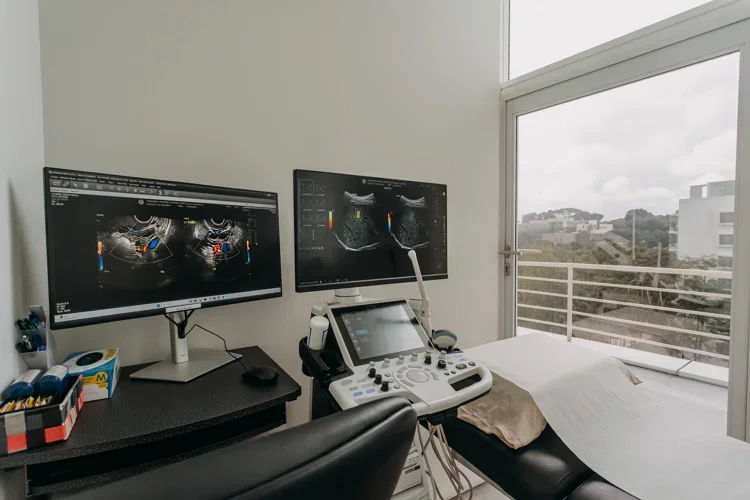
Prostate Ultrasound Preparation
To prepare for a prostate ultrasound, you may be required to drink 5 to 6 glasses of plain water about an hour before your test and avoid urinating to ensure your bladder is full. Depending on your medical history, additional steps may include fasting or adjusting your regular medications. Always follow the instructions provided by your doctor beforehand to help ensure the procedure is conducted smoothly.
Prostate Ultrasound Price
At ATA Medical, we provide prostate ultrasound services along with other related tests and health screening packages that may include prostate ultrasound. The prices are as follows:
| Test | Price* |
|---|---|
| Prostate-Related Tests | |
| Consultation | From $49.05 |
| Ultrasound Prostate | $174.40 |
| Prostate-Specific Antigen (PSA) Test | $38.15 |
| Magnetic Resonance Imaging (MRI) Scan | $1558.70 |
| Computed Tomography (CT) Scan | Please enquire |
| Health Screening Packages with Prostate Ultrasound | |
| Royal – PSA Test, Ultrasound Prostate | $667 |
| Jewel – PSA Test, Ultrasound Prostate | $1415 |
| Marvel – PSA Test, Ultrasound Prostate | $2289 |
| Prestige – PSA Test, Ultrasound Prostate, Liquid Biopsy | $5250 |
| Imperial – PSA Test, Ultrasound Prostate, Liquid Biopsy | $5850 |
We also offer home health screening and blood tests conducted at your preferred location for added convenience. For more information about our services or pricing, please feel free to enquire with us.
How Long Does a Prostate Ultrasound Take?
At our clinics, a prostate ultrasound typically takes less than 60 minutes to complete during off-peak hours. Your reviews will be sent to you via email within 2-3 days. If necessary, your doctor will recommend follow-up tests or treatment if necessary.
Why Use Us?
Female Sonographer
Our Ultrasound Scans are done by a female sonographer.
Express Report
(within 24 hours)
Need an express report? We provide these at a cost of $32.70 NETT, and will be sent
to you through email.
Please note we do not provide express reports on Saturdays.
One Stop Medical Centre
We are a one-stop health screening centre with Chest X-Ray, Mammogram, and Ultrasound Scan.How to Book a Prostate Ultrasound Appointment?
ATA Medical @ Orchard
Nearest MRT: Orchard Boulevard Station (TE13)
Contact Number: 6223 0682
Email: camden@atamed.sg
Opening Hours:
Mon - Fri: 8:30 AM to 12:30 PM, 1:30 PM to 5:30 PM
Sat: 8:30 AM to 12:30 PM
Sun & PH: Closed
ATA Medical @ Tanjong Pagar
Nearest MRT: Tanjong Pagar Station (EW15)
Contact Number: 6223 0682
Email: hi@atamed.sg
Opening Hours:
Mon - Fri: 8:30 AM to 12:30 PM, 1:30 PM to 5:30 PM
Sat: 8:30 AM to 12:30 PM
Sun & PH: Closed
